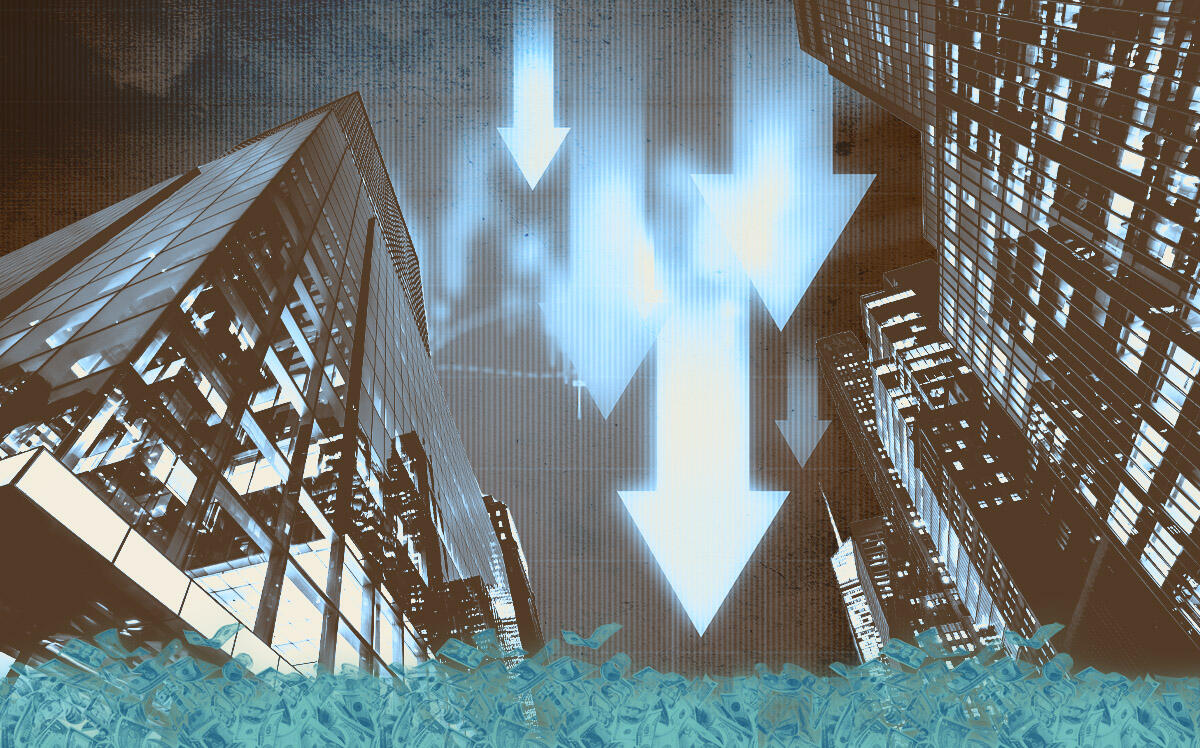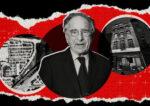 "Wile E. Coyote moment": Apartment deals at risk as interest rates spike
"Wile E. Coyote moment": Apartment deals at risk as interest rates spike
Trending
CMBS volume plunges 29% in second quarter
Heightened interest rates hinder commercial lending

Rising interest rates are sinking CMBS activity, bringing the market back to earth after a banner year in 2021.
Banks issued $20.6 billion of securities backed by real estate loans in the second quarter, the Wall Street Journal reported. That’s down 29 percent from the first quarter, when banks issued $29 billion of those loans, according to data firm Trepp.
The decline in activity came alongside borrowers stuck coping with higher interest rates, in addition to inflation and recession fears that have many wary of future defaults on both sides of the lending stick.
Activity has dropped across lending categories as well. In June, banks issued $3.6 billion in collateralized-loan obligations, typically backed by short-term loans to developers looking to make renovations or conversions. That’s less than half the volume from February.
In a sector highly dependent on debt, heightened interest rates have not only tightened lending volume, but also transaction volume in the commercial market.
Investors put down $190.3 billion for commercial properties in the second quarter, up 17 percent from the same period in 2021. Data firm MSCI noted that bump pales in comparison to the 150 percent increase in deal volume from the second quarter of 2020 to the same period in 2021.
Read more
 "Wile E. Coyote moment": Apartment deals at risk as interest rates spike
"Wile E. Coyote moment": Apartment deals at risk as interest rates spike
 Flood of single-asset deals propels CMBS market to 14-year high
Flood of single-asset deals propels CMBS market to 14-year high
 M&T forecasts decline in commercial real estate lending as rates rise
M&T forecasts decline in commercial real estate lending as rates rise
There were roughly 8,500 transactions during the second quarter this year, down 22 percent year over year. Green Street says commercial property prices have dropped 5 percent from a March peak.
Within the troubles facing commercial real estate deals, the apartment and industrial sectors are specifically in danger of losing all the ground they gained during the pandemic. One economist even referred to the potential market drop as a “Wile E. Coyote moment.”
As inflation and recession fears continue to take hold, lending activity could keep its struggles going for the long-term. It’s quite a shift after private-label issuance surged to $109.1 billion last year, according to Trepp, a 95 percent increase year over year and highest level recorded since prior to the global financial crisis.
— Holden Walter-Warner




